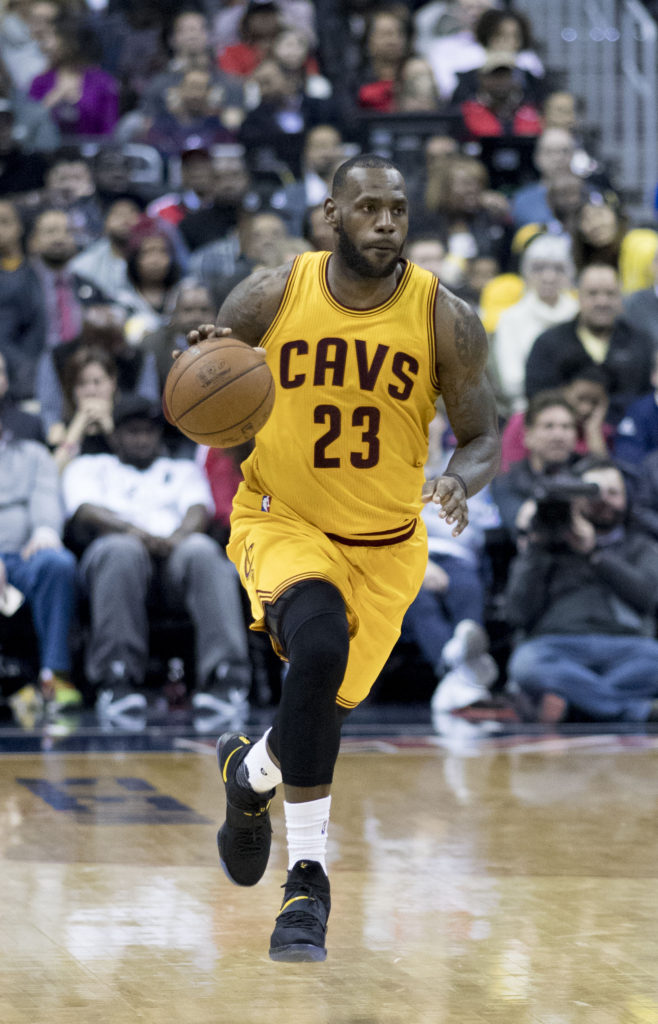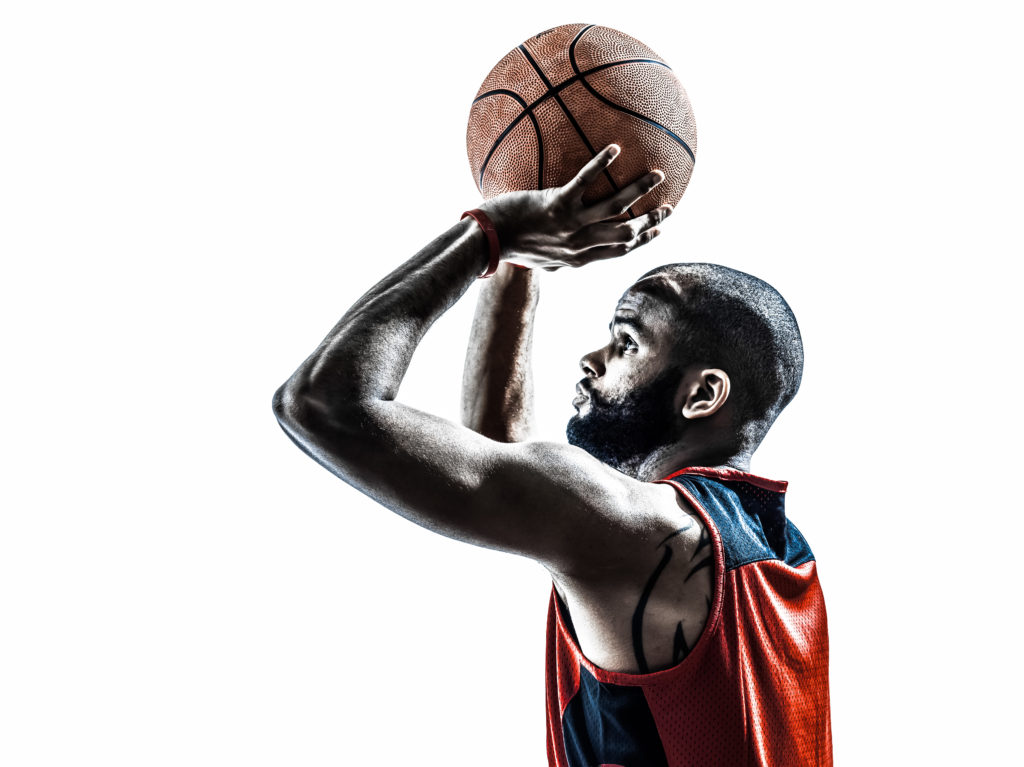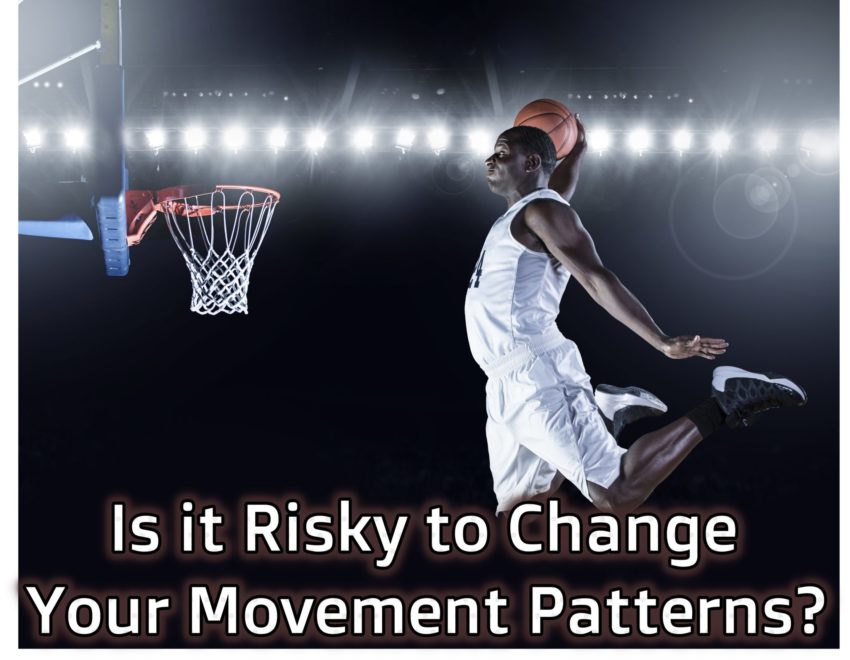Many claim there are inherent risks when changing the way someone moves, especially with higher level athletes. But is this fear warranted? Do we as movement professionals have the power to alter athletes the way we think we do?
I sift through this question in today’s podcast, where I discuss the supposed risks one undergoes when altering movement patterns.
It may not be as risky as you think.
Check out the podcast, show notes, and modified transcripts below.
Table of Contents
Show Notes
Usain Bolt debrief I did dispelling this absurd myth
Below is a good example of Usain Bolt’s asymmetry:
Here is a deep dive into the 90/90 hip lift
Below is the rockback breathing exercise
Joel Jamieson is my go-to resource for conditioning
Putting the Myth to Rest
I want to discuss this myth that I see going on around the interwebs, which I thought I put to rest in a previous debrief, but unfortunately I still see it perpetuated.
What is that myth? I’m glad you asked.
The myth is when you see someone who is a good performer in whatever they do, and they are utilizing compensatory movement strategies. Do we change these strategies? If that supposedly is what makes them great?
So today I’ve decided I want to go Ether on this. Put this to rest, because I do not want this myth perpetuated.

Check Your Ego
For those who have never heard of this, basically some professional athlete will move with a compensatory strategy, such as Usain Bolt. If you don’t know what I’m talking about, check out this video of him running.
You’ll see that he’s very much one-sided when he runs. He shifts most of his center of mass to the right.
Many would argue that this guy is the fastest man in the world, or at least he was at the time he was sprinting. Do we something to him to change his pattern? That may take away his greatness! Most of the people who are making this argument are strength conditioning coaches.
My reply to this is first and foremost check our egos. Usually, we’re discussing an athlete of some sort who’s performing a certain movement strategy in their given sport. As coaches, we think the interventions that we do in the gym are going to somehow alter the mechanics of what that person is expressing in his or her given sport, and in competition. Somehow, we’re going to screw them up.
We’re not that good. I don’t think that a lot of what we do in the weight room has the transferability to sport we think it does. Just because we teach someone to express certain ranges of motion in the weight room doesn’t mean that those ranges of motion will be expressed on the basketball court or the playing field.
Consider physical therapy-based exercise at one level and then a heavy squat at another. I might start someone with a 90/90 hip lift, something squat-like such as rockback breathing. These both look like a squat, but they are in a supine and quadruped position respectively. If someone can have a good looking squat pattern in these cases, that doesn’t necessarily mean that they’re going to be able to express that in a front squat. The context is different. The constraints are different. The motor skill is different. These exercises may impact a squat, but more often than not it won’t. I may have to actually coach that person how to express some of the desired components in a front squat. We won’t always have automatic transfer.
The transfer of fitness movements to sport is no different. We can’t say that these activities that we’re going to be doing, whether weight room or rehab-based, are going to have that large transfer to a sporting event.

Even that with the most powerful things we can do in the weight room, we’re still several steps removed from what happens in sport. Anytime you sprint, you are putting nine times your body weight through one extremity. Think about what activities we do in the weight room or in the rehab facility that do that? That should give us some pause when we’re thinking that we can change these movement strategies to a high degree.
The things that we’re doing in the weight room and in the rehabilitation room are are different than what’s going on in the field. And I would almost argue that perhaps what we do is is even a different sport. Maybe we could say that we’re we’re giving basic physiological qualities that are useful in many different arenas.
That said, my time in the NBA might tell me otherwise. A lot of the conditioning stuff that we did as an example didn’t necessarily transfer to the basketball court. If I was rehabbing someone back to be able to playing basketball at a high level, I would try to find as many surrogate conditioning modalities as I possibly could.
Even if I did everything that Joel Jamieson recommends (not discrediting Joel, his methods are useful with NBA players to maintain conditioning during injury), without fail every time I would get the guy to go five on five or five on “0” in practice for the first time they would always tell me “I need to get my wind back.”.
Even if I’m getting someone to similar heart rates, the constraints and the environment are different. The energy system demands are probably different. And I don’t know if the transferability was that high. At best, perhaps we minimized risk when going back on to the court.
Maximize and Sustain Athletic Performance
The second thing that I would say in regards to this myth regards athletic performance, in which there are two goals.
The first goal is to become the absolute best in our craft. In our sport. Are we better than everyone else? The second goal would be to sustain that output for as long as humanly possible. If you don’t have those two things. You probably need to make a change of some sort.
Becoming the Best
There are a lot of good shooters in the NBA. But few are as dominant as someone like Steph Curry, who shoots a very high percentage. Or a guy like Damian Lillard, who shoots quite well from nearly half court. If I were one of the lower tier athletes, and my shot performance wasn’t at that level, I would probably try to do things that would change that, with shot mechanics being one possible area of improvement.
Who determines that? Well, that’s the job of a shooting coach, or the sport coach themselves. That’s not the job of the S&C professional. Is the individual that we’re working with performing to a standard from a technicality standpoint that jives with what is expected of that sport? And are the mechanics that they are utilizing helping them be the best that they can be? If that’s not the case, then it would behoove that person to make a change in their mechanics.

We even see this in athletes who are already the best. Think about all the times that Tiger Woods has changed his shot. This is a guy who was/is the dominant force in golf for an extended period of time. If this guy is making minor tweaks to his shot so he can get that extra percent, I say why wouldn’t you? That 0.% can translate into millions of dollars for the highest level athletes, or a championship. .
Sustainable Performance
The second portion is asking if your performance is sustainable? If you are an elite level powerlifter, but your squatting strategy is only going to make your career last two years, that’s probably undesirable. It might behoove you to make change in your technique to extend your career.
This is the difference between someone like LeBron James and Carmelo Anthony. Both players were drafted the same year, and if you look at the career arc of these two individuals, LeBron has not slowed down the rate Camelo has. Lebron was fairly healthy through most of his career and he spend a ton of money on his body recovery-wise. I read somewhere north of $1 million dollars per year.
Whereas if we look at Carmelo Anthony, he has not aged well and he’s for all intents and purposes out of the league. Carmelo has been known to not take care of his body to the extent Lebron has until the latter parts of Carmelo’s career. Could we argue that potentially changing the way Carmelo moves and plays may have prolonged his career or his production in a manner that would still make him one of the best?
Now you could also make some arguments that the NBA has changed. Carmelo was a guy who was doing a lot of iso ball and shooting long two pointers, when the current NBA has become more analytically driven. I also don’t know all of Carmelo’s situation. But I just want to illustrate at least these these two cases where we have someone who’s longevity has been called into question. In Carmelo versus someone who doesn’t look like he’s slowing down much in Lebron.
If changing something that makes you great potentially prolongs your career, it would be prudent to try. Because if your career is done next year, then it doesn’t matter that a certain movement pattern made you great.

With a lot of these examples that I’m going for, the changes in mechanics or whatever it is that made them great are not the job of the fit pro. They’re the job of the sport coach in discussion with the athlete. If you have sport coaching in your skill set then this might be a useful endeavor to pursue.
Incremental Changes
If we are happy with the athlete’s current behaviors and outputs, then nothing needs to change. If this is conducive to them performing their best.
If the athlete is not producing in a manner that is the best that they possibly can or is not sustainable, then we have to make some type of change in behavior, and that can occur at any level. Anything we can do that can get them that extra 0.5% is going to be worthwhile. So if they can get better at something that we deem as useful as a rehab clinician, strength coach, or sport coach, then we probably should at least try it and see what happens.
What’s frustrating the most about this myth is I’ve had a lot of instances where I’ve made some appreciable change with things that are important to me as a rehab clinician/coach, yet I never saw any performance decrements in my NBA guys.
On the flip side of that, I’ve also not seen major changes that made them that much better at basketball either. What I think we do as movement professionals is perform activities that promote health, and could potentially prolong their career. That has utility, and the risks are low when done correctly.
Sum Up
The next time someone tells you to not disturb the peace when someone is performing “well,” I hope you pass this along to them.
To summarize
- Check your ego. There is likely mild transfer of the movement professional’s skill to sport
- Changes should be made if performance is not maximized or sustainable
- When every small percentage matters, change every deficit you can possibly see
Work with athletes? Do you agree or disagree with me? Comment below and let the fam know!
Photo Credits
Keith Allison from Hanover, MD, USA

